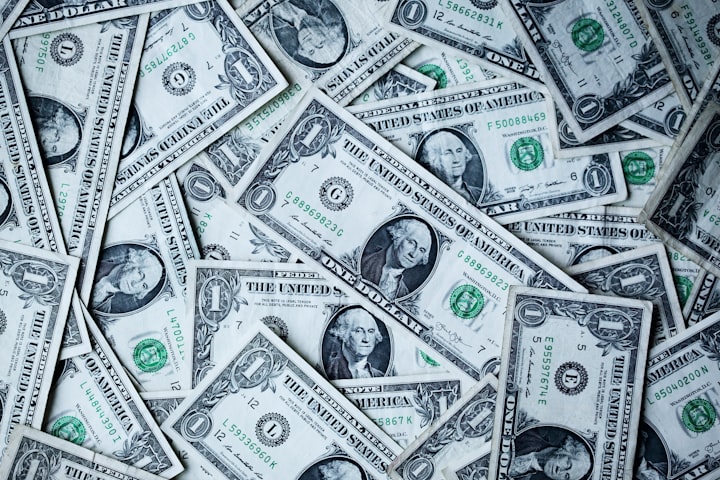Poverty In America
A small examination of poverty.

Here’s some interesting facts about poverty in the last 50 years of America.
1. High school drop-outs poverty rate increased 62% from 18% to 29%
2. Highschool degree holders in poverty tripled (200% increase) from 5% to 15%
3. College attendees in poverty doubled (100% increase) from 5% to 10%
4. College graduates in poverty increased 60%, from 3% to 5%
5. Women’s labor participation increased 48% but their poverty rate increased 3%
6. Manufacturing percentage of GDP decreased 50%, from 25% to 12%
7. Since 1940, Manufacturing jobs in the USA decreased 75% from 20 million to 5 million, these 15 million jobs still exist, just not in our country
8. The bottom 40% of income groups saw their income stay the same, adjusting for inflation, for 50 years. The top 60% of earners saw their income go up, with the top 40% practically doubling their income.
9. Our overall poverty rate has increased from 11% to 14.8%, based on data from 1964 to 2014
The way poverty is calculated is the price of food, using the Consumer Price Index. This probably made sense in 1964, but that would ignore the government subsidies that have artificially lowered the price of food, which is good in the sense that people can afford food, but think about that for a second.
If the government uses the price of food to determine poverty, and they lower the cost of food, that makes the poverty line artificially lower than it should be. 2019 statistics say the poverty rate is 10%. How much higher would it be if not for;
1. Agricultural subsidies that help lower the cost of food
2. Food stamp programs that help lower the cost of food
3. Tax breaks to giant corporations like Walmart who dodged $5.1 billion in taxes [2008-2012] while their employees get welfare benefits because wages aren’t high enough. [those welfare benefits cost us $7.8 billion per year] All of this also lowers the cost of food by enlarging their profit margin.
So if the price of food wasn’t artificially lowered, our poverty rate might more accurately reflect what was actually going on with “poverty”. We’ve already learned that the bottom 40% of wages have remained the same for 50 years, counting for inflation. And that the top 40% of earners have practically doubled what they had 50 years ago, counting for inflation.
So what would our “poverty rate” be if we cut out the food middleman and just looked at income and inflation? It wouldn’t be 10%, that’s for damn sure. It was 19% in 1964, and that’s what it should be today as well. We have made ZERO progress fighting poverty. They’re just moving around numbers at this point.
About the Creator
Garrett Beylerian
I'm a 25 year old bisexual guy, diagnosed with ADHD, ODD, GMD at the age of 3. Since 13 I've struggled with depression. I've had a desire to share my experiences and the opinions I've developed in a lifetime of fighting poverty.






Comments
There are no comments for this story
Be the first to respond and start the conversation.